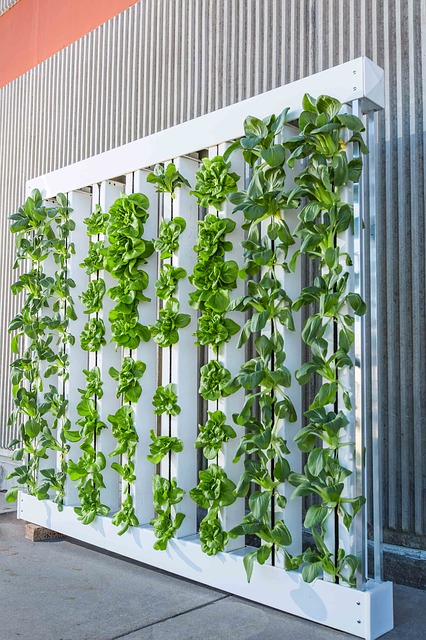
INDOOR FARMING
21.03.2018
Elisabeth Petermann
As part of our venture capital scouting, the Q·CAPITAL VENTURES Food Team analyzed Indoor and Vertical Farming. Currently, we are observing the tendency that also German and Austrian startups take on more of the topic (such as Infarm, Goodbank, Ponix, Herbeus Green and Micro Green Box) and accordingly that invest-interest in this segment is rising (most recently EUR 20M went to Infarm).
Why is there such a big interest in this topic?
Indoor/Vertical Farming is a promising answer to current questions about (future) food production: How will the challenge of global nutrition be solved if agricultural land disappears as a result of climate change? How are foods produced as resource-efficient as possible? How will the transportation of food to cities be solved if access restrictions become more frequent? How do you guarantee the quality, freshness, sustainability and transparency important for consumers? The fact is, for an urban world in climatic change agriculture must be rethought. Indoor Farming, along with other AGTech and FoodTech products, is a solution for this.
What does Indoor Farming improve?
- Higher productivity than traditional agriculture
- Faster plant growth
- Reduced resource consumption
- Less / no pesticides, therefore more environmentally friendly
- Season independence
- Controlled conditions, therefore better in terms of food safety and taste / maturation
- Well scalable as a “farm-in-a-box concept”
- Adaptation of agriculture to urban habitat
- Production site moves to the point of sale
How does Indoor Farming work?
Indoor farming, also known as Next Generation Farms, Vertical Farming, Precision Farming, Urban Farming, Container Farming or Novel Farming (depending on the specific orientation), is based on hydroponics. Hydroponic cultivation means that plants grow without soil in a nutrient solution. Variants of hydroponic systems are Aeroponics (the nutrient solution is [additionally] sprayed as a mist) and Auqaponics (fish, respectively their excretions, are used in the water as a nutrient source). In this way, a variety of plants can be cultivated, such as greens, hops, sprouts, mushrooms, flowers, fruits, cannabis, cereals, but also insects.
Indoor Farming startup landscape:
As far as startups are concerned, they are generally active in the following areas:
• Production of Vertical Farming modules
• Establishment of farms (also called “farm-in-a-box” system)
• Cultivation and sale of plants
• Technology and tools related to Vertical Farming
The US is – as in many food areas – also a pioneer in Indoor Farming and its related investments. But even in Europe, there are some emerging startups that have also convinced investors, such as:
Infarm (Germany, Berlin): Offers Urban Farming services or sells Vertical Farming systems and related accessories from seedlings to software. Funding volume USD 32M (02/2018).
Farmers Cut (Germany, Hamburg): From Vapiano founder Mark Korzilius. In the heart of Hamburg, greens without pesticides and 90 % less water are grown by Vertical Farming.
Phytoponics (United Kingdom): Developed a hydroponic system that is robust, easy and well scalable.
Agricool (France): Grow vegetables and fruits in containers. Funding volume USD 13.4M (02/2018).
Venture Capital & Indoor Farming:
The global hydroponic vegetable market is a growth market: it is estimated at USD 12,106.5M by the end of 2025 and stood at USD 6,934.6M in 2016. According to AGFunder, the CAGR is estimated at 6.5 % between 2017 and 2025. Accordingly, the technology and services behind hydroponic vegetables are in demand, which in turn attracts investors. For example, “Novel Farming Systems” (startups that use new and innovative ways to produce agricultural and organic products) reached USD 246M (43 deals in 2016), according to AGFunder Investing Report.
Indoor & Vertical Farming – definitely an exciting food theme that is well received by consumers as well as investors in both the US and Europe.